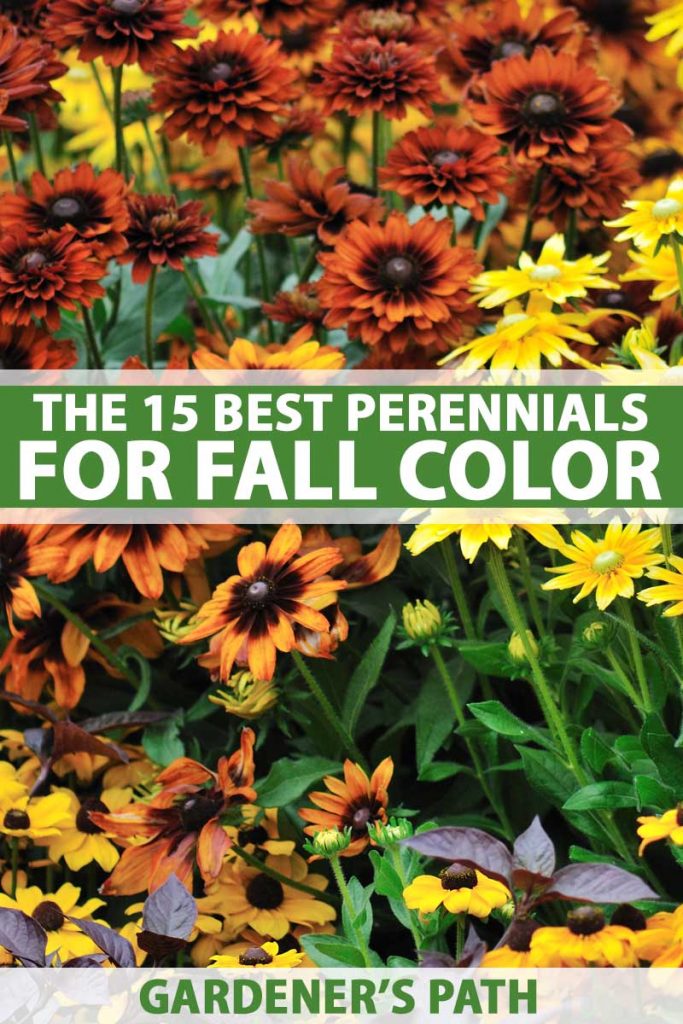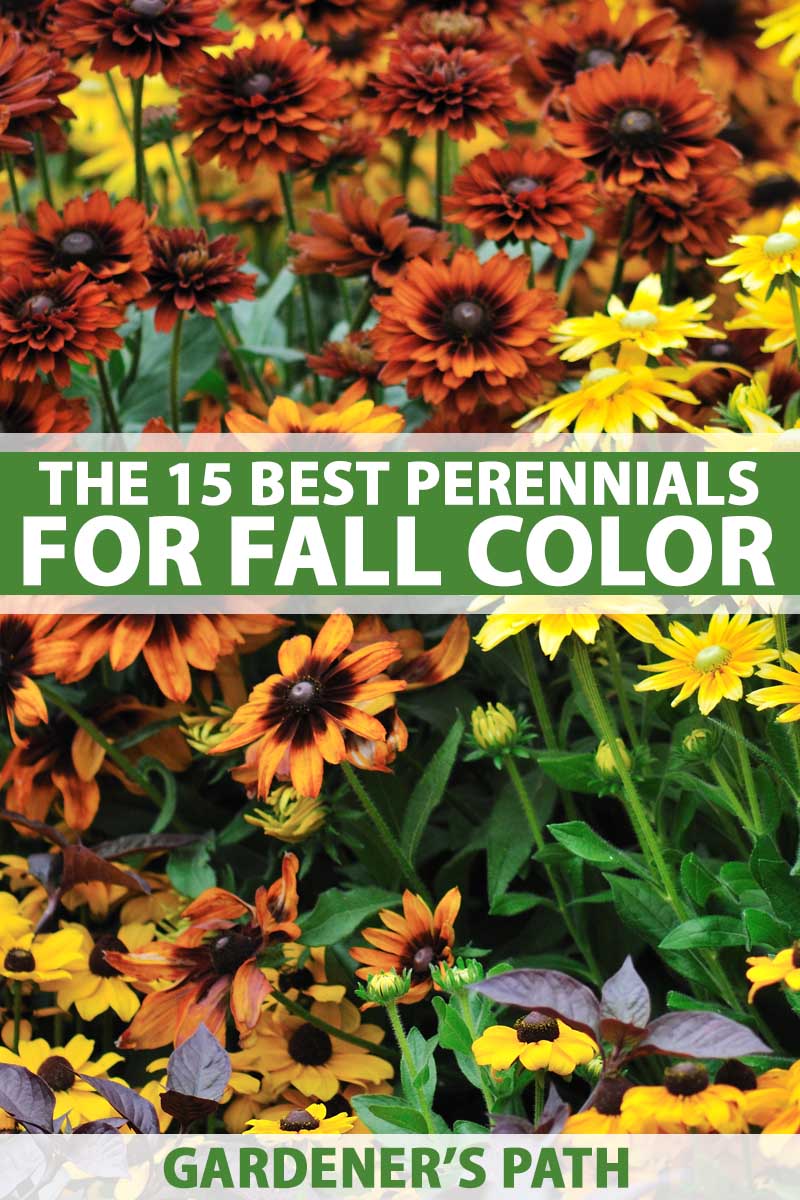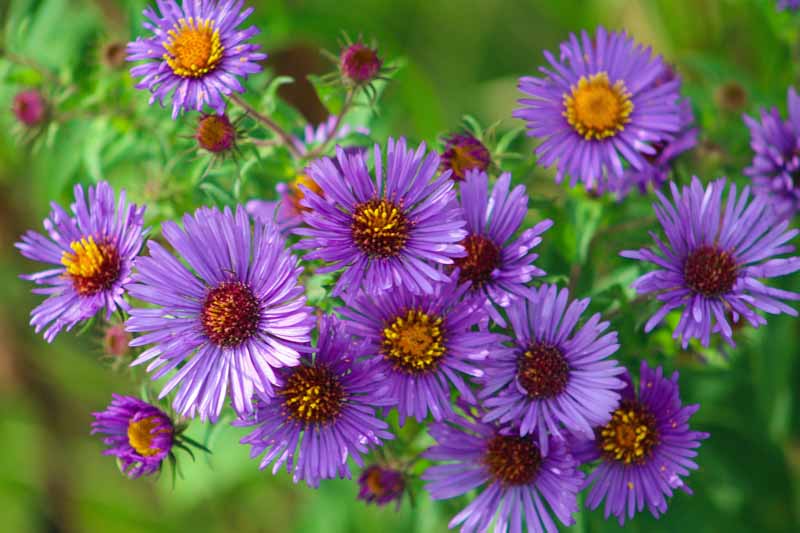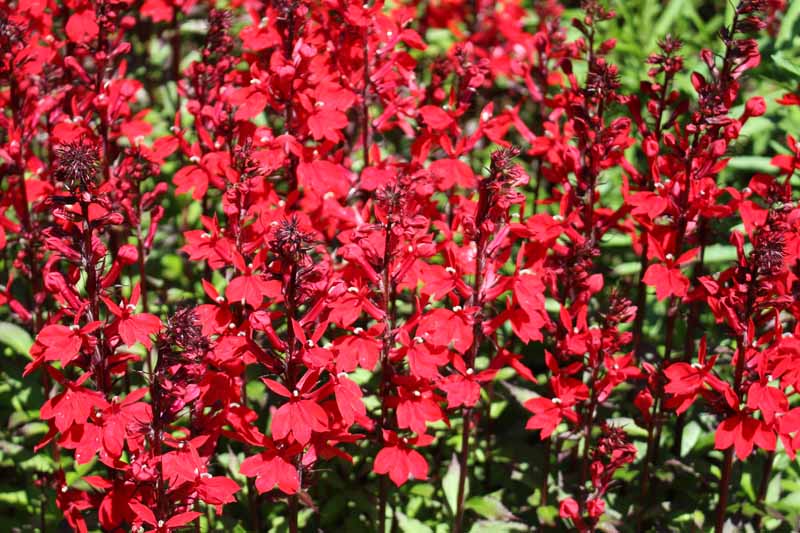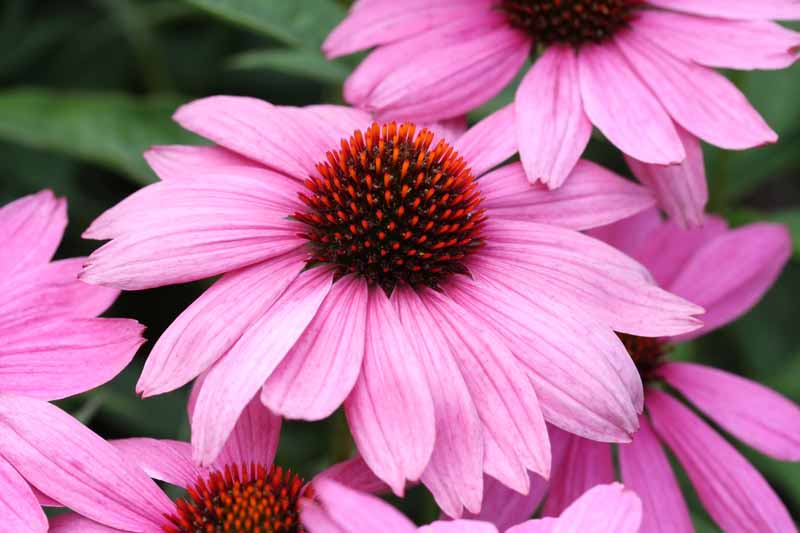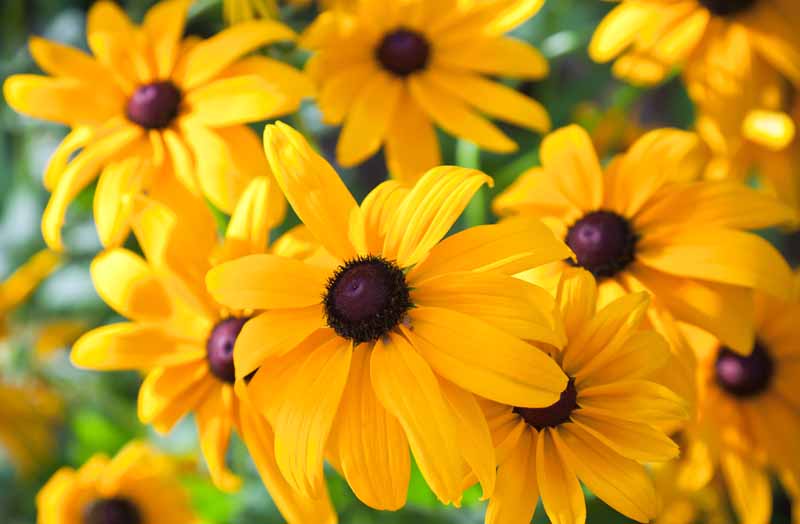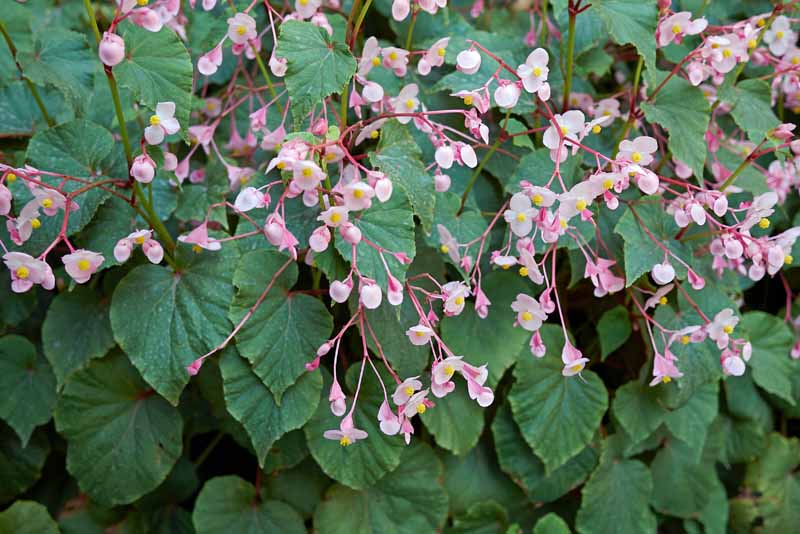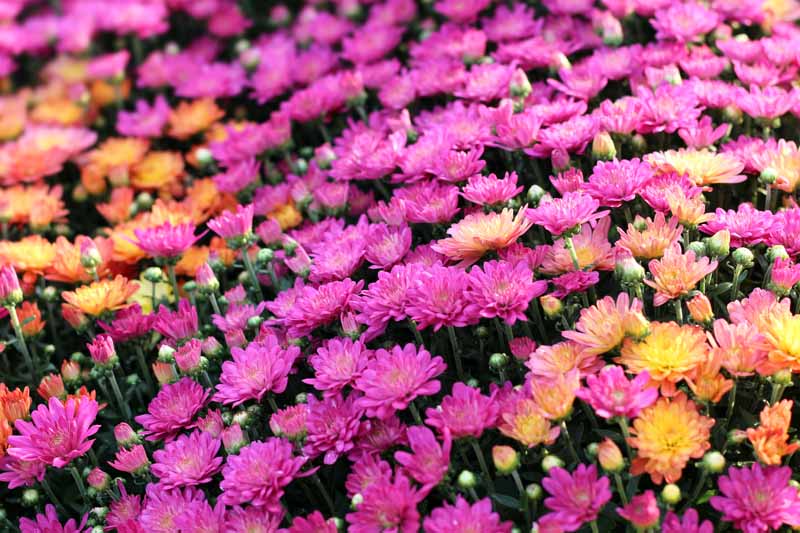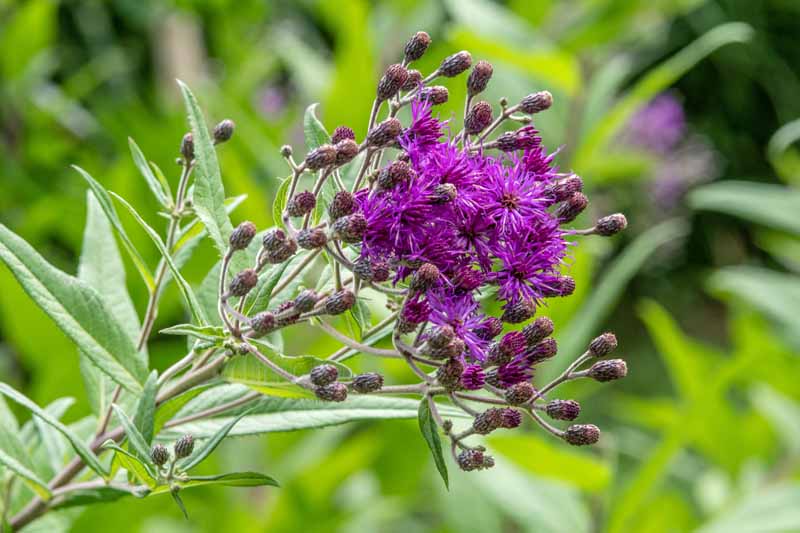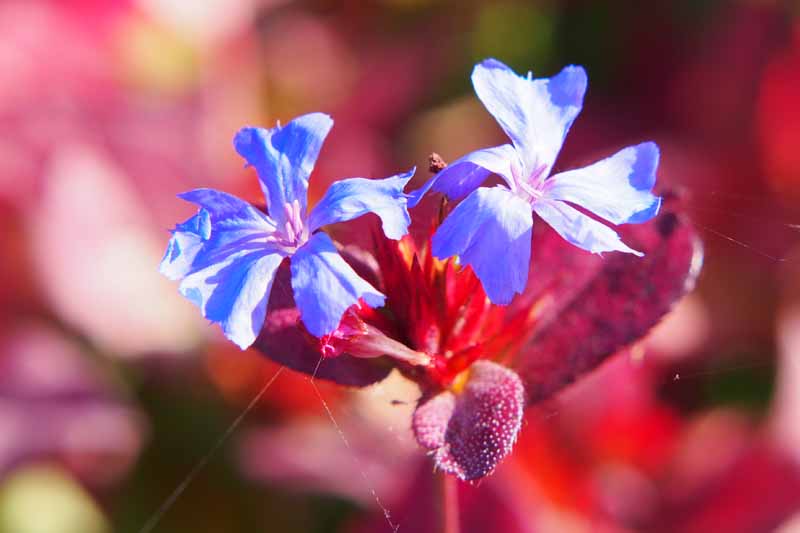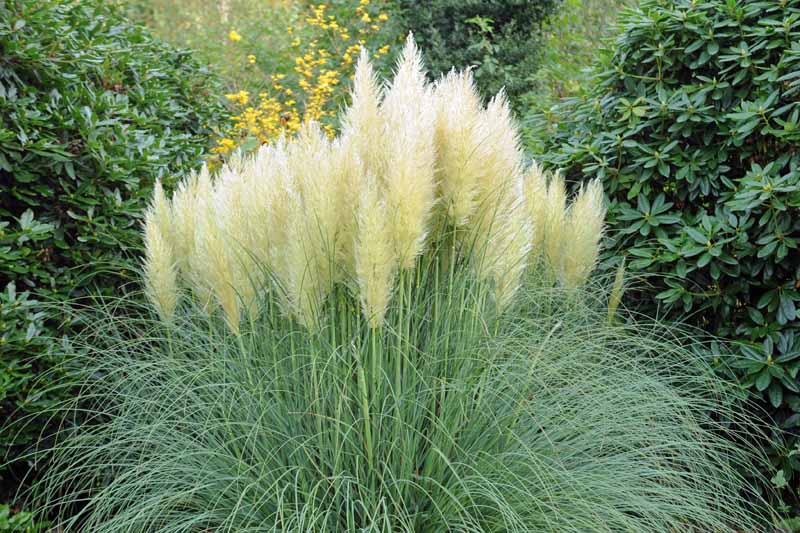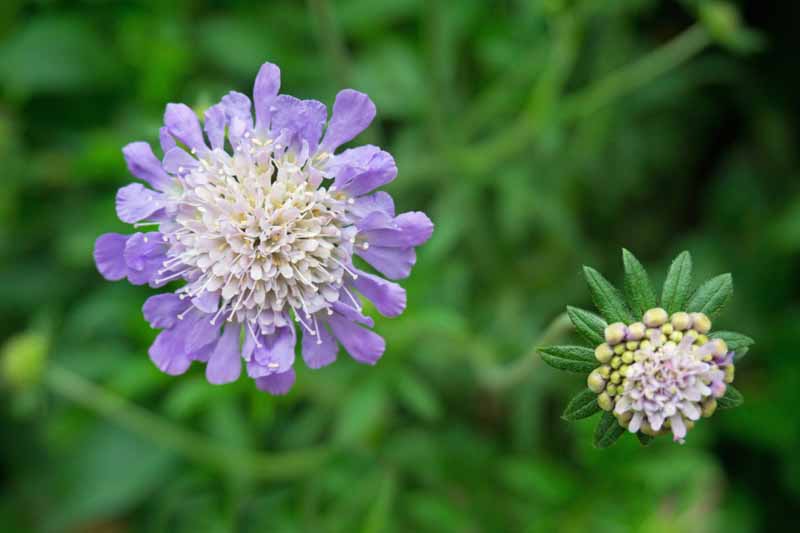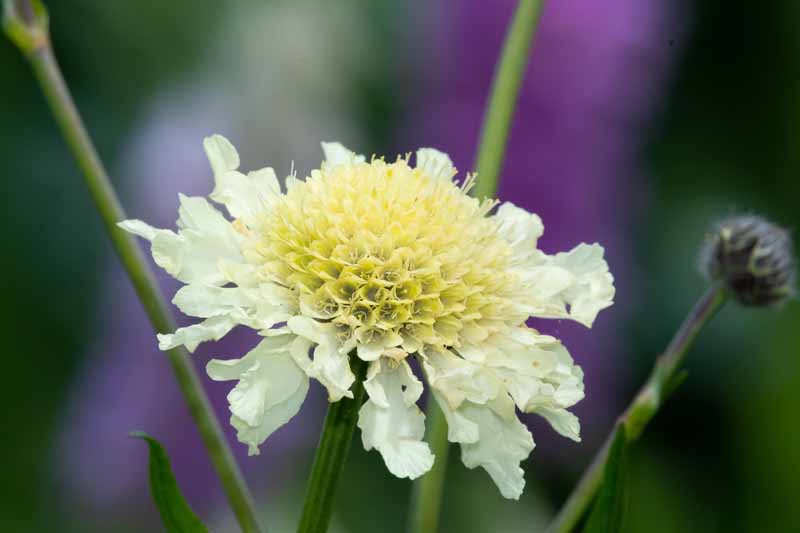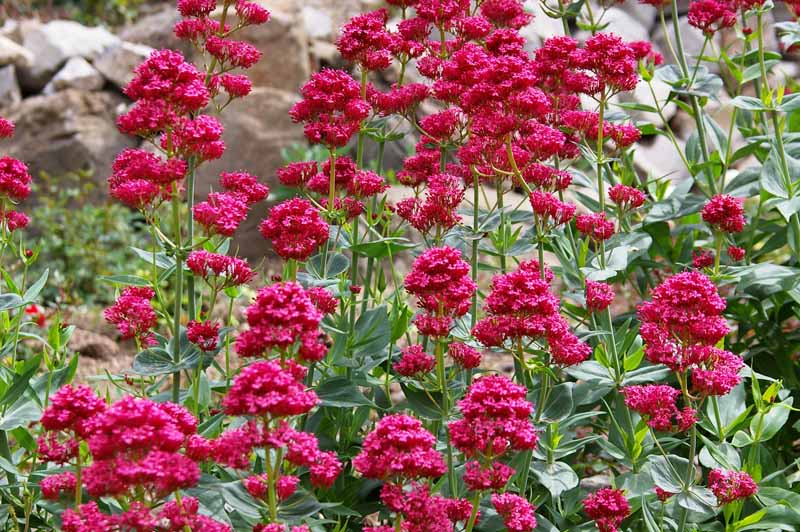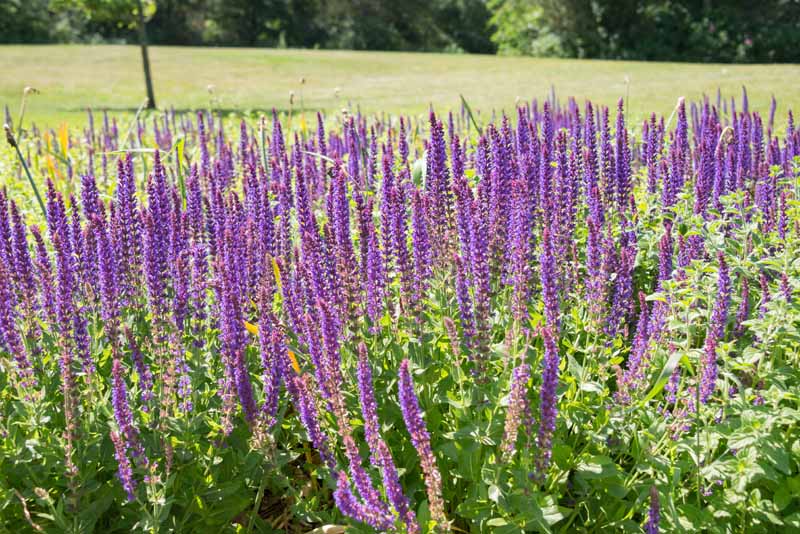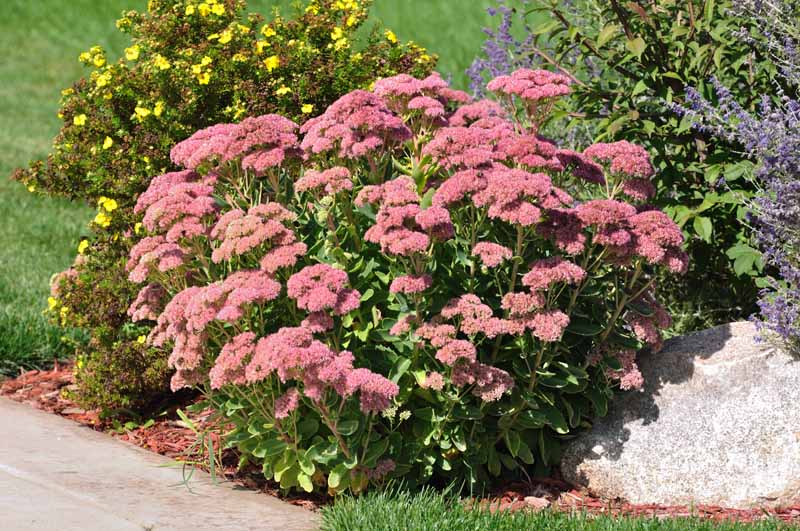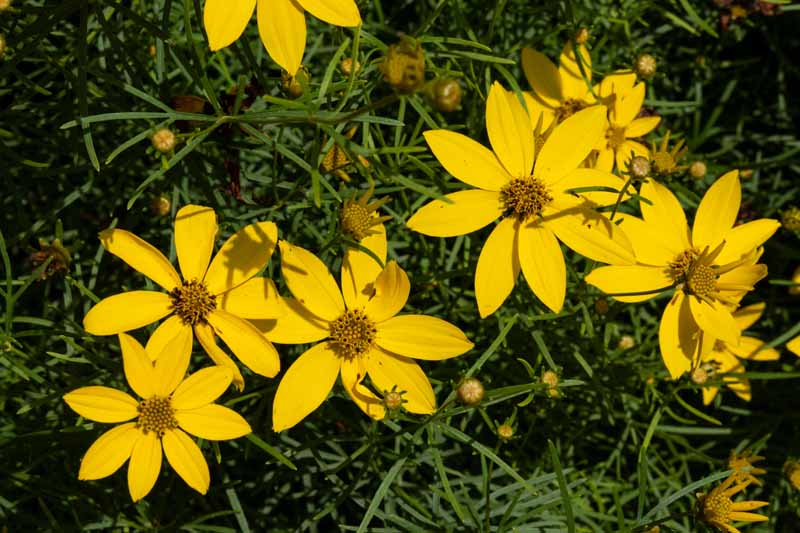With the following 15 cool-weather perennials perfect for temperate zones, you’ll have vibrant color that returns with vigor each autumn. We link to vendors to help you find relevant products. If you buy from one of our links, we may earn a commission. Note that some plants do not produce true from seed, especially hybrids, so if you’re a seed saver, keep this in mind.
You may notice that the scientific names of these plants do not include “Aster.” They were recently reclassified from the genus Aster and added to the Symphyotrichum genus. These plants have mounding growth habits, with heights ranging from one to four feet.
New England Asters New England aster seeds are available from Eden Brothers. Or read more about growing asters here.
2. Blanket Flower
For a summer bloomer that takes your garden right into fall, consider perennial blanket flower, Gaillardia aristata, and annual/perennial hybrid Gaillardia x grandiflora. Each is a sensation in the landscape, with glorious blossoms in shades of red, yellow, and orange, with some that flush red in the center and burn bright yellow at the serrated edges.
Small varieties of Gaillardia reach eight to 10 inches in height, making them perfect for containers. Others top out at three feet and make a strong structural statement at the middle or back of a bed. True Leaf Market carries a good selection of blanket flower seeds. Read more about growing gaillardia here.
3. Cardinal Flower
Cardinal flower, Lobelia cardinalis, is one of hundreds of types of lobelia. Not all are perennials, so read seed packets and plant tags carefully.
This is a plant that grows in a clumping fashion. It sends up tall spikes, sometimes over three feet in height, covered in bright red blossoms that are attractive to hummingbirds and butterflies. You may find it in shades of pink and white. Bloom time is from mid-summer into early fall. This is a good back-of-the-border choice. Burpee carries a small selection of cardinal flower seeds and live plants to choose from. Get tips on growing cardinal flowers here.
4. Coneflower
Prepare to be confused. Purple coneflower, Echinacea purpurea, comes in a host of shades including the classic pinkish-purple, as well as red, orange, and white. Centers are generally dark brown, but in white varieties, they are yellow.
The daisy-like petals are narrow and uniquely downward drooping, away from prominent, protruding centers that are a delight to birds when they go to seed. Heights reach up to five feet. Various echinacea varieties are available from True Leaf Market. Orange black-eyed Susans, Rudbeckia fulgida, are also often called coneflowers. Their daisy-like petals are narrow and velvety golden-yellow. The flowers surround a slightly elevated dark, furry black center. Heights reach up to three feet.
They share the same Asteraceae family and the same bloom times, as well as many of the same growing characteristics. Rudbekia is a genus of around 25 species and the genus Ecnhinacea includes around nine separate species and innumerable cultivars. Eden Brothers carries a small line of black-eyed Susans and related varieties. Each blooms continuously from about mid-summer through mid-fall. There are other types of Rudbeckia, including R. hirta and R. grandiflora, as well as a brown-eyed Susan, R. triloba. All come under the coneflower umbrella, and offer exceptionally long bloom times and rich color. Read more about growing echinacea and black-eyed Susans.
5. Hardy Begonia
With its delicate, waxy pink flowers, you’d expect hardy begonia, Begonia grandis, to be a fragile summer flower, when in fact, it withstands winter well in USDA Hardiness Zones 6 to 9. Bushy mounds of heart-shaped green leaves with red veining and undersides are the foundation for clusters of blooms suspended by gracefully arching stems.
Enjoy masses of hardy begonia in beds and borders for continuous color from mid-summer into fall. Live plants and bulbs are available from Burpee.
6. Hardy Mum
The perennial – or hardy – mum, genus Chrysanthemum, comes back each year, and is not to be confused with the annual garden mum, which doesn’t. If you want more than a one-hit wonder for autumn color in a pinch, then you’ll want to invest in the hardy perennial mum.
It comes in an array of colors including burgundy, lavender, pink, rust, yellow, and white. Some flowers are very dense, while others are more daisy-like, and may sport a contrasting center disk. Their growth habit is mounding, and the very dense types provide saturated color in containers, beds, and borders. Heights can reach up to two feet. Bloom time is from late summer until frost. Several different colors of mums are available through Burpee. Read more about growing the hardy mum (aka chrysanthemums) here.
7. Helenium
Helenium, aka sneezeweed, is a coneflower-like plant that comes in shades of yellow, orange, and red, and multi-colored hues. The centers were once dried and used as snuff, but no, the flowers shouldn’t make you sneeze any more than any other flower.
There are numerous helenium cultivars, with heights ranging from about two to five feet, and bloom time is from early or mid-summer through fall. There are both annual and perennial varieties of this flower available. Helenium autumnale is a particularly attractive perennial that has sparsely arranged, narrow yellow petals and prominent, raised yellow centers. Heights max out at five feet, making this a good choice for a structural anchor at the back of a garden bed. A Helienium “pinwheel” collection of live plants is available at Burpee.
8. Ironweed (Vernonia)
Native ironweed, genus Vernonia, is in the aster family. Each pinkish-purple flowerhead is a compact cluster of tiny blossoms that attract butterflies and hummingbirds.
There are numerous varieties of ironweed available including New York (Vernonia noveboracensis), spike speedwell (Veronica spicata) and giant, Veronica gigantea. Heights range from about three feet to 12. It can become quite bushy, and blooms from mid- to late summer to mid- to late fall.
9. Leadwort (Ceratostigma plumbaginoides)
Not all autumn plants reach towering heights. Leadwort, Ceratostigma plumbaginoides, aka plumbago, is a ground covering plant with blue, five-petaled flowers and green leaves that deepen to red with the changing of the seasons.
Leadwort grows vigorously via a tuberous root system, and reaches a maximum height of about 12 inches. This plant blooms from mid-summer into fall.
10. Ornamental Grasses
There are many perennial ornamental grasses from which to choose. They add rich texture and movement to the garden, with their wispy, windblown plumes.
Pampas grass comes in several pastel shades, but Cortaderia selloana, pampas grass is one of my favorites. It resembles a clutch of ballet pink ostrich feathers, like nature’s boa ready to dance out of summer and into fall. With heights up to seven feet tall, this one’s a stunner from mid-summer through fall. Find pampas grass seeds at True Leaf Market. Read more about ornamental grass here.
11. Pincushion Flower (Scabiosa columbaria)
Pincushion flower, Scabiosa columbaria, is a winner in beds, borders, and containers, as it has a compact growth habit and tops out at 12 to 18 inches. The ‘Butterfly Blue’ cultivar is quite popular, a long-lasting perennial variety of this large genus of annual, biennial, and perennial flowers.
With layered, dome-like blossoms that resemble old-fashioned sewing pincushions stuck full of pins, these bluish-lavender blooms are a charming choice for keeping the garden going from spring through frost.
Or, you may prefer a pale yellow variety with the same characteristics, S. columbaria var. ochroleuca.
12. Red Valerian (Centranthus ruber)
The butterflies are going to love red valerian in your autumn garden. Clusters of blossoms resembling tiny stars rest atop two- to three-foot stalks.
Consider flanking a walkway with Centarnthus ruber plants (sometimes called Jupiter’s Beard) either in the ground or in large containers, for curb appeal from early summer right into fall.
13. Sage/Salvia
Sage or Salvia spp., is a huge genus in the mint family. It contains the annual edible, S. officinalis, and ornamental scarlet sage, S. splendens, which is a tender perennial grown as an annual in cooler zones. Ornamental types vary from 18 inches to five feet in height, with erect stalks laden with tubular blossoms in white and shades of purple.
And while most are summer bloomers, some will produce a second flush for early fall, provided you deadhead spent summer spikes as they finish blooming. A tall, showy variety is S. azurea var. grandiflora, which tops out at five feet and has bluish-purple flowers. Consider ‘Evolution’ violet salvia seeds from True Leaf Market. Or learn more about growing various types of salvia here.
14. Stonecrop (Sedum)
Stonecrop, or Sedum is a genus of succulent plants with low water needs that’s suitable for xeriscaping. It has fleshy leaves and stems. Sizes range from a low-profile ground cover three inches tall to an upright plant of 18 inches. Choose from colors like burgundy, mauve, yellow, and white.
For the fall garden, I especially like an upright cultivar called ‘Autumn Joy.’ Dense flower heads of tiny, star-shaped blossoms in deep pink hues make for an eye-catching, color-drenched show across the landscape, or a striking display in a collection of patio pots. In addition to floral color, sedum foliage may be yellow-green, bluish, green, red, or two-toned. Burpee has a colorful selection of sedum cultivars for you to explore. Or read our guide to growing sedum/stonecrop here.
15. Thread Leaf Coreopsis (Coreopsis verticillate)
Another summer flower that takes a garden cheerfully into fall is thread leaf coreopsis, Coreopsis verticillate. Also known as tickseed, this yellow daisy-type flower reaches a height of about three feet. It naturalizes readily through self-sowing and a fleshy root system, so be sure to give this golden gem room to roam.
Prune plants after each bloom period to encourage flowering into fall. You can find seeds for a large selection of different coreopsis flowers available at Eden Brothers.
Energize and Economize
Soon, the leaves will be turning. Are you ready to jazz up those tired summer outdoor spaces and add to your fall garden decor with 15 cool-weather perennials?
Choose your favorites and get started!
Whether you choose low-profile ground covers, compact container plants, or towering stalks to anchor border gardens, you’re sure to feel invigorated by bright flowers and foliage around your home. And the best part? With perennials, this year’s expense and hard work will pay off for years to come. And when your plants begin to outgrow their placements, you may divide them to thin them out, and share the cuttings with friends. Let us know what you are growing your fall garden in the comments section below, and feel free to share your pictures! Next up, we think you’ll also enjoy these guides:
The 19 Best Cool-Weather Crops for a Productive Fall Garden Put Some Color into Your Fall Landscaping The Best 15 Woody Shrubs for Fall Color 15 of the Best Annuals for Vivid Fall Color
© Ask the Experts, LLC. ALL RIGHTS RESERVED. See our TOS for more details. Uncredited photos: Shutterstock.
